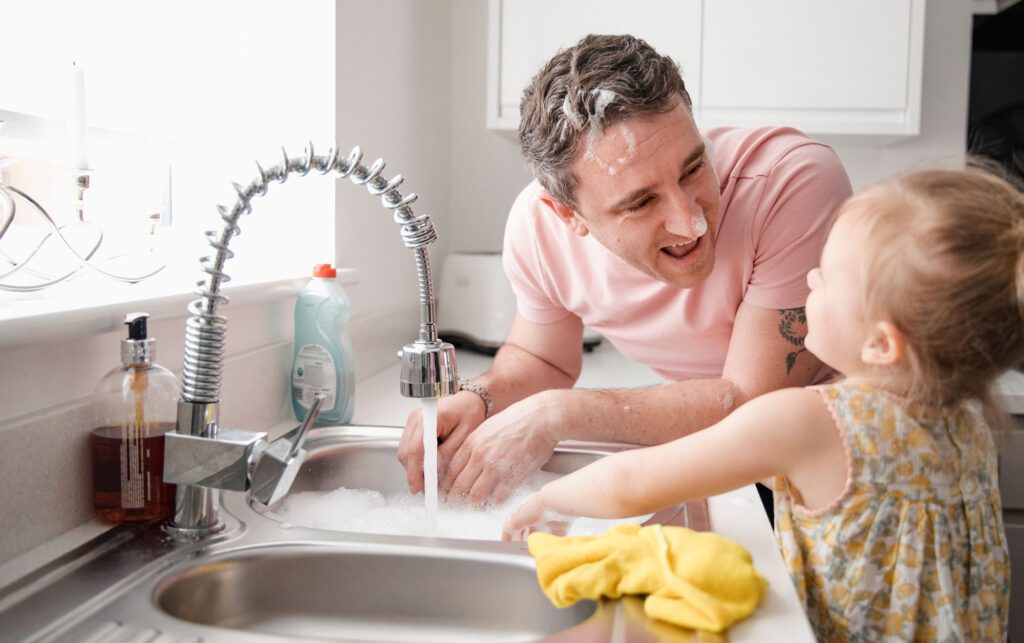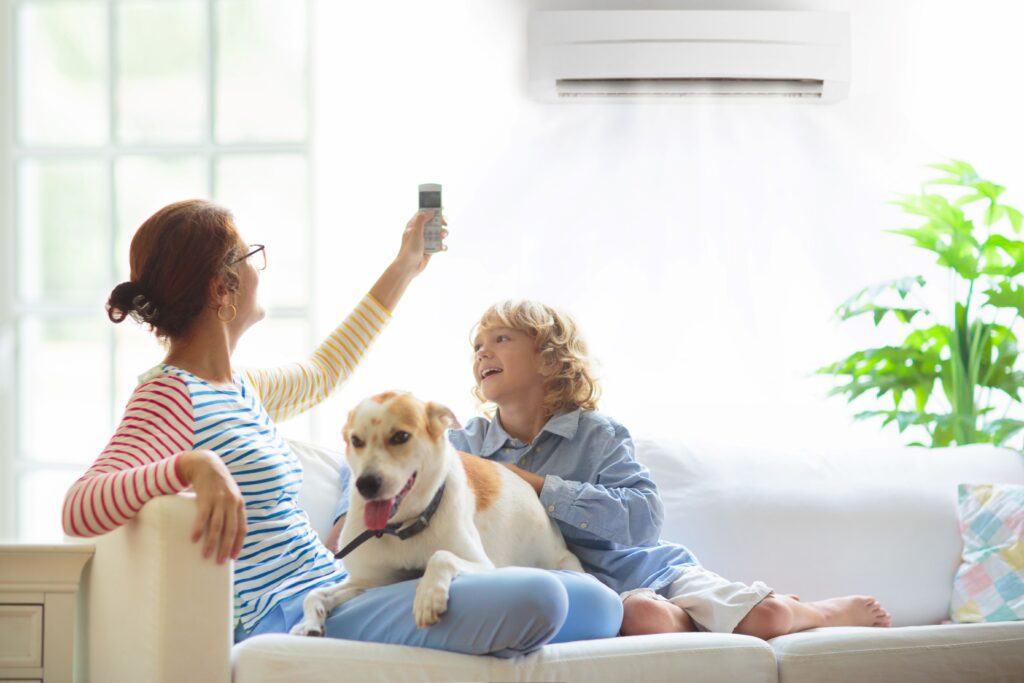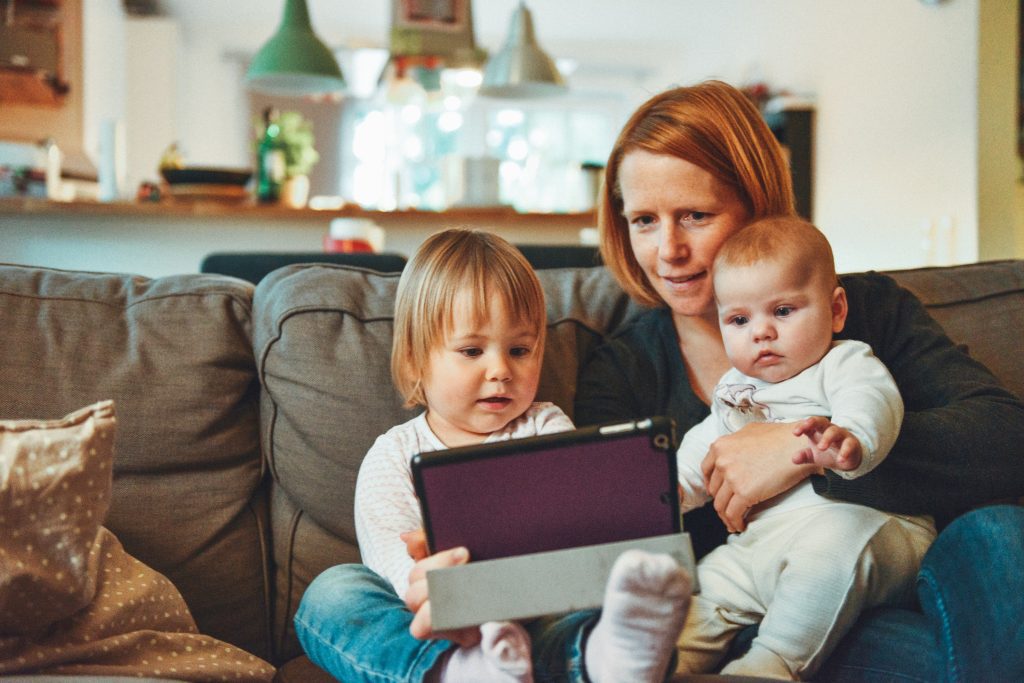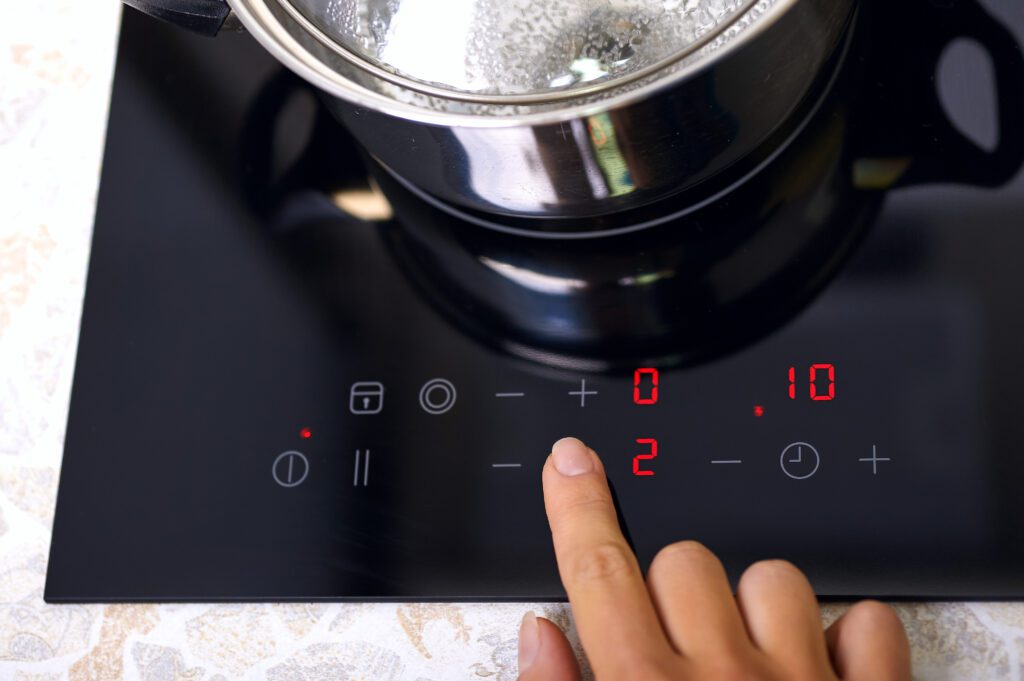Energy efficient homes optimise the use of consumed energy, reduce wastage, and rely less on fossil fuels. Energy efficiency can be achieved through electrifying the home, adopting energy saving practices, and technological improvements.
The first step to an energy efficient home starts with assessing how your home uses energy and identifies ways to reduce consumption and costs. This can be done by analysing the current state of your house through the Residential Efficiency Scorecard evaluation. Scorecard assessors will provide a detailed report outlining a clear pathway to minimise energy costs and emissions.
On average household appliances constitute 25% of total residential energy usage in Australia. Some of the upgrades to make your house energy efficient are:
Heat Pump Hot Water
Heat pumps are a modern water heating technology that uses ambient air and a small amount of electricity to heat up water through the refrigeration cycle. They are up to 70% more energy efficient than existing electric systems, and up to 50% more efficient than gas. With the rising cost of living, households can save hundreds of dollars each year on maintenance and energy bills by upgrading an ageing hot water system.


Reverse Cycle Air Conditioning
While gas heating has been a traditional choice, it’s becoming increasingly clear that this method is neither sustainable nor cost-effective. Split system air conditioners are becoming a popular choice for those looking to reduce their carbon footprint and embrace the benefits of modern, energy-efficient technology.


LED Lighting
LEDs have a significantly lower output compared to incandescent bulbs, which release up to 90% of their energy as heat. LEDs are up to 80% more energy efficient and often produce a more uniform light output.


Insulation
A house can’t be energy efficient without proper insulation. Buying a new energy efficient air conditioner, but failing to address the insulation issues, will result in wasted energy and costs due to warm (or cool) air escaping from the house and requiring the air conditioner to work harder. You may also need an air conditioner with a larger capacity than what you would with sufficient insulation, to achieve the same heating/cooling.


Induction Cooktops
Induction cooktops are quicker to heat and safer to use compared to gas. The direct transfer of energy from electromagnetic elements to the cookware means they’re safe to touch shortly after removing a pan, and minimises heat loss, optimising the cooking process.


Since there are calls for mandating the assessment and disclosure of energy ratings for properties, now is the time to look into the state and federal government grants available to support Victorian households in their journey towards energy efficiency.
Click here to see upgrades available for your home.

 Victoria
Victoria




